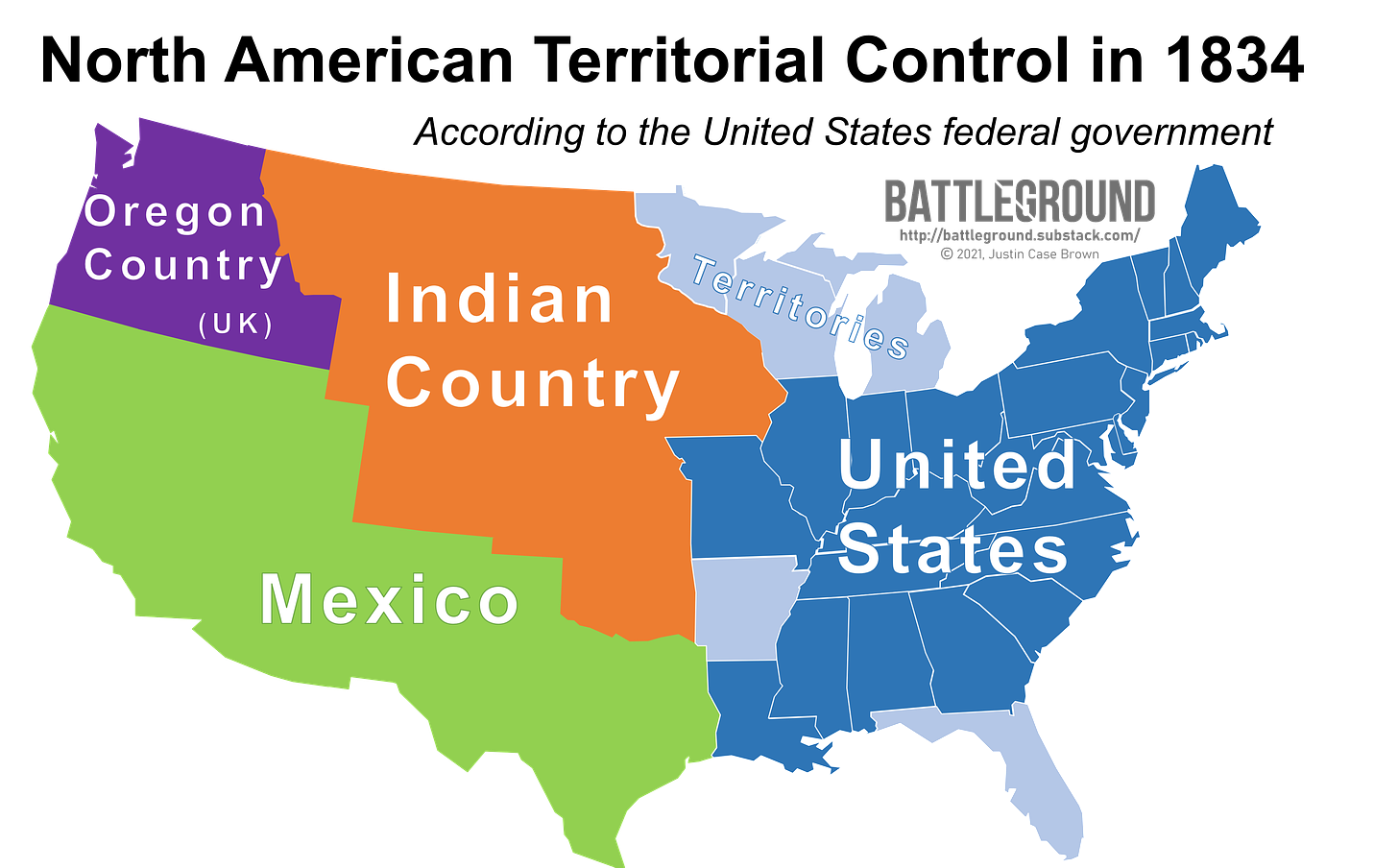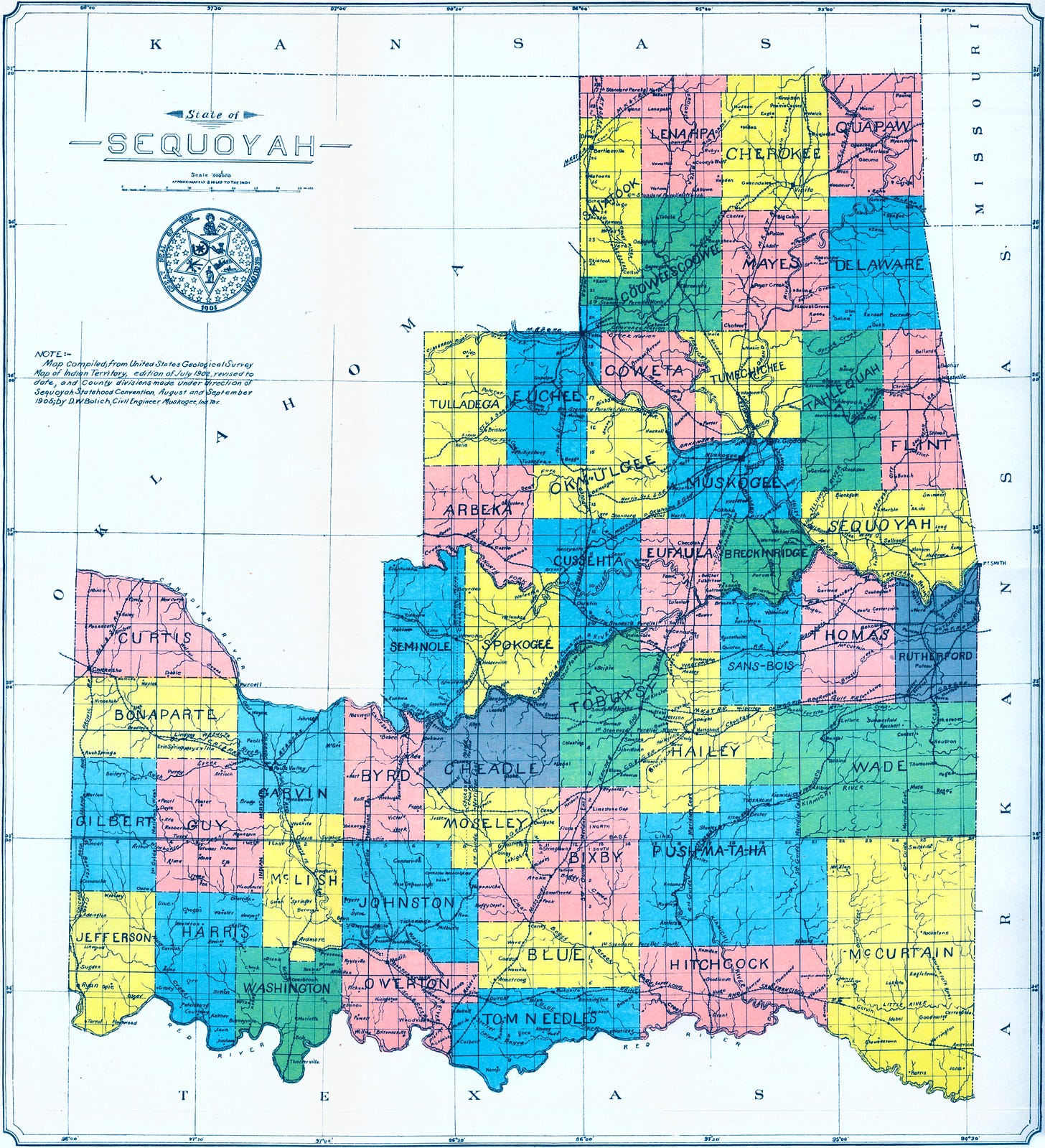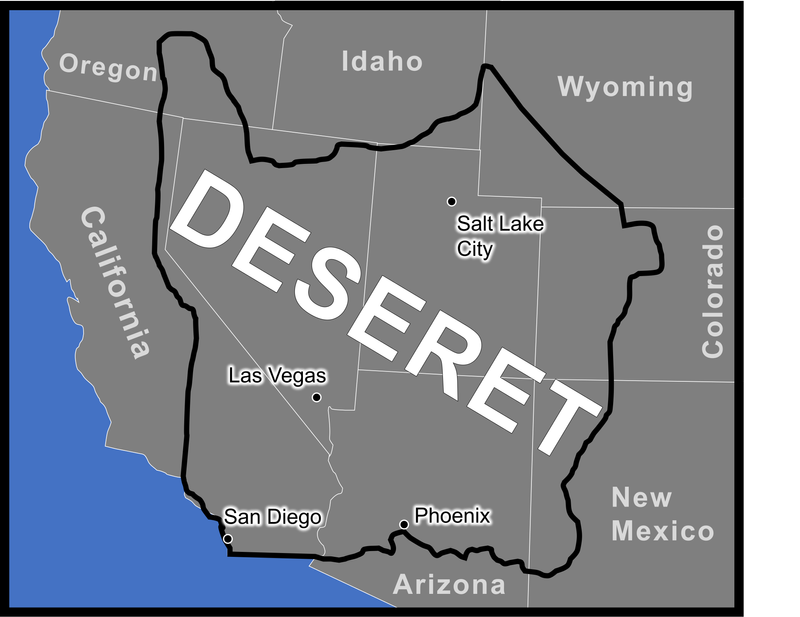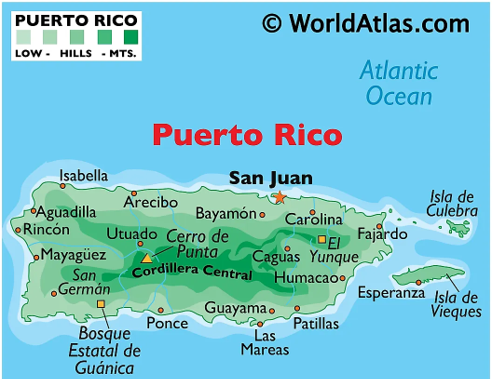Sequoyah: The Native American State
A statehood movement borne out of forced relocation and removal.

Sequoyah Overview
Total Population: 1.9 million residents (1.1 million registered voters)
Prospective State Capital: Muskogee, SE
Number of House Seats: Sequoyah - 3 / Oklahoma - 3 (Originally 5)
Major Universities: OSU-Tulsa, Northeastern State University, Rogers State University, College of the Muskogee Nation
2020 Presidential Vote: Donald Trump - 70% / Joe Biden - 28%
Statehood History

What was originally designated “Indian Country” was not the traditional lands of Native Americans but instead land set aside by the United States government for forced resettlement of indigenous peoples. Its original extent, set forth in the Nonintercourse Act of 1834, defined “Indian Country” as “all that part of the United States west of the Mississippi and not within the states of Missouri and Louisiana, or the territory of Arkansas.” In conjunction with the Indian Removal Act of 1830, many Native American tribes were forced out of their ancestral lands east of the Mississippi river. While some removals were peaceful, hinging on transfers of land through the signing of treaties, many removals were violent and deadly. (The Second Seminole War was fought due to the Seminole tribe of present-day Florida resisting forced relocation.)
This practice of forced relocation is what led to the Trail of Tears, an event many scholars view as American genocide. During the brutal journey west thousands of indigenous peoples died due to starvation and disease, ultimately thinning out the overall Native American population. Those lucky enough to survive the long journey primarily settled in present-day eastern Oklahoma on large swaths of land designated for indigenous resettlement. While this forced relocation was taking place, the area previously known as “Indian Country” was shrinking incredibly quickly due to the establishment of new states and territories. The passage of the Kansas-Nebraska Act of 1854 created both Kansas and Nebraska Territories and reduced “Indian Country” to “Indian Territory” which fell completely within the confines of present-day Oklahoma.
The history of the State of Sequoyah officially begins with the passage of the Curtis Act of 1898. This law abolished all tribal governments within the United States and established individual land holdings on lands previously set aside for Native Americans. An estimated 90 million acres of land were removed from Native American control with the passage of this law. It was quickly followed by the Oklahoma Organic Act of 1890 which established the previously “unorganized Indian Territory” as two incorporated territories of the United States: Oklahoma Territory and Indian Territory. Much like the Curtis Act of 1898, this law continued the process of dissolving Native American tribal structures in anticipation of admitting the territories as an official US state. Throughout history, these tribes largely resisted US statehood and sought self-governance on their own terms. As the federal government refused to recognize these tribal governments at the turn of the century, Indigenous peoples in the newly organized Indian Territory began to consider statehood as a viable option for continued self-determination.

The Sequoyah Constitutional Convention was held on August 21, 1905 in Muskogee, the prospective state’s would-be capital. The Convention resulted in a 35,000-word constitution to govern the new state, a map showing the counties to be incorporated and an elected delegation to represent the new state in Congress. The convention’s proposals were put to a referendum later that year in November and was overwhelmingly supported by the territory’s voters. Unfortunately, the statehood proposal did not receive a warm welcome when introduced to Congress.
Despite Native Americans’ display of ‘civility’ (🙄) through the organization of a rigorous constitutional convention, many White congressman bristled at the thought of an official state governed by and for Indigenous peoples. Others were concerned with the explicitly political ramifications of admitting a new Democratic-leaning state. At the time, Congress was controlled by Republicans who were reluctant to cede their control to the opposing party through the introduction of new Democratic lawmakers. As a result, President Theodore Roosevelt (a Republican himself) stood against the State of Sequoyah and instead recommended merging these lands with the more heavily White Oklahoma Territory directly to the west.
“I recommend that Indian Territory and Oklahoma be admitted as one State and that New Mexico and Arizona be admitted as one State… Nothing has taken up more time in the Congress during the past few years than the question as to the Statehood to be granted to the four Territories above mentioned, and after careful consideration of all that has been developed in the discussions of the question, I recommend that they be immediately admitted as two States. There is no justification for further delay; and the advisability of making the four Territories into two States has been clearly established.”
- President Theodore Roosevelt, 1905 State of the Union Address
Sequoyah Today
Today, roughly 13 percent of Oklahoma’s total population identifies as Native American and the state has the second highest number of Indigenous peoples of any state in the US. Much of these residents live in “Sequoyah” as many of these eastern counties hold significantly higher proportions of Native Americans than those in the western reaches of the state. While the Sequoyah statehood movement died out shortly after the merger of the two territories into the singular state of Oklahoma, its legacy lives on in the Oklahoma Constitution. Much of that constitution incorporated proposals from the Sequoyah Constitutional Convention.
“The Oklahoma Constitution, as it came from the Sequoyah Constitution, to me, is the ultimate cut-and-paste job. They took, essentially, the most cogent elements of the Sequoyah Constitution and adapted over to what we have now as the present State of Oklahoma constitution.”
- Michael Lovegrove, Historian
While the prospect of Sequoyah statehood in the future is highly unlikely, the Supreme Court recently gave an unexpected nod to the failed state. In July 2020, the Supreme Court ruled that much of Oklahoma still lies within a Native American reservation. In McGirt v. Oklahoma, the court found that reservations predating the Oklahoma Enabling Act of 1906 were never disestablished by the federal government. As a result, any crimes committed in these areas are under the jurisdiction of tribal courts rather than Oklahoma courts. While the court case has clear real-world implications, many also view the case as a symbolic win for Native Americans. Justice Neil Gorsuch acknowledged in the majority opinion that the United States should keep promises made to Native Americans despite the country’s long history of breaking written promises. While the ruling doesn’t give Native Americans the self-determination they sought more than 100 years ago, it does signal that today’s federal government is beginning to reckon with its long and ugly history of racism toward Indigenous peoples.
“The nations and the state are committed to implementing a framework of shared jurisdiction that will preserve sovereign interests and rights to self-government while affirming jurisdictional understandings, procedures, laws, and regulations that support public safety, our economy, and private property rights. We will continue our work, confident that we can accomplish more together than any of us could alone.”
- A joint statement released by the State of Oklahoma and the five Native American nations


